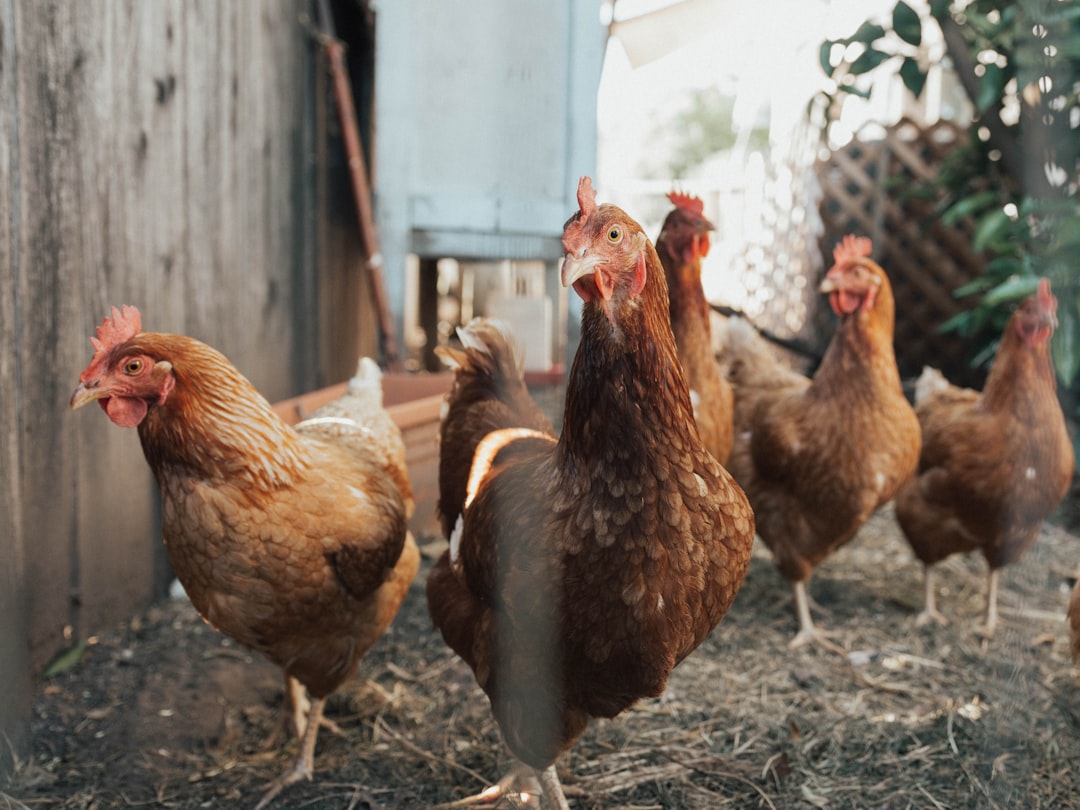The Quiet Summer Break Shatters (image credits: Unsplash)
As the leaves turn golden across the heartland, a quiet unease settles over farms where the distant hum of machinery now carries whispers of worry.
The Quiet Summer Break Shatters
Just when things seemed to calm down over the warmer months, bird flu has made a dramatic comeback. Reports from early fall show fresh outbreaks popping up faster than expected, hitting poultry operations hard. It’s like the virus took a vacation and returned with a vengeance, reminding everyone that H5N1 isn’t going away easily.
Health officials had hoped the summer slowdown meant the worst was behind us, but surveillance data tells a different story. Wild birds, the main carriers, have been migrating and spreading the virus anew. This resurgence isn’t just a blip—it’s a signal that vigilance is key as we head into cooler weather.
Midwest Farms Feel the Heat First
Imagine waking up to news that your entire flock needs to be culled— that’s the harsh reality for farmers in Iowa, Minnesota, and Wisconsin right now. Over the past few weeks, these states have confirmed multiple cases in commercial and backyard birds, leading to the loss of millions of poultry. Nebraska joined the list too, with its first dairy herd infection reported last month, marking a worrying expansion.
These outbreaks aren’t isolated; they’re part of a broader pattern tied to wild bird migrations. Officials are scrambling to contain the spread, but the virus’s jump from birds to cattle shows how unpredictable it can be. For local communities, it’s not just about numbers—it’s livelihoods hanging in the balance.
Poultry and Dairy: The Real Victims
The toll on agriculture is staggering, with over 129 million poultry affected nationwide this year alone, spanning nearly every state. Dairy herds aren’t spared either, with 675 confirmed cases across 16 states, disrupting milk supplies and raising prices at the store. It’s a chain reaction that hits everyone from the farmer to the consumer.
Why the focus on these sectors? The virus thrives in crowded conditions, making large operations prime targets. Backyard flocks add to the challenge, as they’re harder to monitor. Still, rapid testing and biosecurity measures are helping to limit some damage, though the economic ripple effects linger.
Human Cases on the Rise—But How Worried Should We Be?
So far, 66 human infections have been confirmed in the U.S. this year, mostly among dairy and poultry workers exposed on the job. No widespread person-to-person transmission yet, which keeps the public risk low according to the CDC. But with cases ticking up, especially in the Midwest, it’s a reminder to stay cautious.
Symptoms range from mild eye irritation to severe respiratory issues, and prompt treatment with antivirals works well. The real concern? Monitoring for any mutations that could change the game. For now, it’s about protecting those on the front lines while keeping an eye on wastewater data showing the virus in more areas.
What’s the Government Doing About It?
Federal and state agencies are ramping up efforts, from enhanced surveillance in wild birds to stockpiling vaccines for high-risk groups. The USDA and CDC are coordinating closely, with updates flowing weekly to track the virus’s movements. It’s a proactive push, but challenges like underreporting in rural spots persist.
On the ground, farmers get guidance on everything from protective gear to cleaning protocols. Public health campaigns urge avoiding sick birds and reporting unusual animal deaths. These steps aren’t foolproof, but they’re building a stronger defense as the season progresses.
Lessons from the Front Lines: Prevention Tips
Staying ahead of bird flu starts with simple habits. If you’re around birds or cattle, wear masks and gloves, and wash up thoroughly afterward. For the average person, cooking poultry to 165 degrees kills the virus, so no raw milk or underdone meat.
Here’s a quick list of everyday precautions:
- Avoid contact with sick or dead wild birds.
- Keep pets away from poultry areas.
- Report unusual animal illnesses to local vets immediately.
- Stay updated via CDC alerts for your region.
- Support farm biosecurity by buying from inspected sources.
These aren’t just rules—they’re ways to keep the virus from sneaking into daily life.
Key Takeaways
- H5N1 remains a low-risk threat to the general public but a serious issue for agriculture.
- Outbreaks are surging in the Midwest, with poultry and dairy hit hardest.
- Early detection and biosecurity are our best tools—act fast to contain spread.
As we wrap up this fall frenzy, one thing stands clear: bird flu’s return tests our preparedness, but collective action can keep it in check. What steps are you taking to stay informed, or have you seen impacts in your area? Share your thoughts in the comments below.







